
The worldwide prevalence of third molar impaction estimated from this review including 49 studies involving 83,484 individuals was 24.4% (95% CI;18.97% to 30.80%).
[read the full story...]
The worldwide prevalence of third molar impaction estimated from this review including 49 studies involving 83,484 individuals was 24.4% (95% CI;18.97% to 30.80%).
[read the full story...]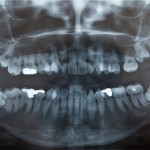
This review of piezoelectric surgery for third molar removal included 9 studies, 6 of which were RCTs. The findings suggest that outcomes were better for piezoelectric surgery but these findings should be viewed cautiously.
[read the full story...]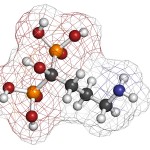
97 papers describing 4879 cases of bisphosphonate-related osteonecrosis were included in this review. A wide range of management approaches were identified but the quality of the available evidence is limited.
[read the full story...]
This review of asymptomatic retained third molars included 7 prospective studies and found that the cumulative incidence for M3 extraction varied from 5 to 64% and was associated with the follow-up duration.
[read the full story...]
This 2 year long prospective study of new cases of BRONJ presenting at oral surgery, oral medicine, oral and maxillofacial surgery units, and dental hospitals provides a rough estimate of 508–793 new cases/year across the UK.
[read the full story...]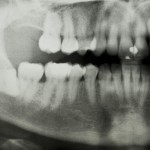
The surgical removal of third molars (wisdom teeth) is one of the commonest operations performed. It is usually carried out because of infection associated with a partially erupted and impacted tooth. The aim of this update to a Cochrane review was to compare the relative benefits and risks of different techniques for undertaking various aspects [read the full story…]
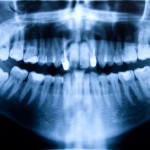
Postoperative pain, swelling and trismus are common postoperative problems following the removal of impacted third molars. Hyaluronic acid (HA) is a major carbohydrate component of the extracellular matrix and can be found in many tissues and has been introduced as a bio-material with potential to enhance wound healing. It has been used in ophthalmology, dermatology, [read the full story…]
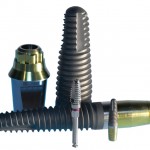
The amount of bone available in the upper jaw following the loss of teeth is reduced to alveolar bone loss and the presence of the maxillary sinus. Sinus lift procedures increase bone volume by augmenting the sinus cavity with autogenous bone or commercially available biomaterials, or both. This review is an update of the 2010 [read the full story…]
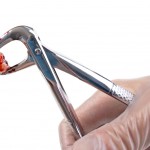
The use of warm salt water mouthrinses as part of a post extraction regimen is a commonly taught, yet as the authors of this trial found there seems to be little objective evidence for its effectiveness. The aim of this study was to determine the beneficial effect of different warm saline rinse regimens on the [read the full story…]
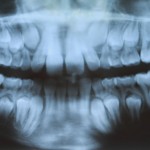
It is reported that around 13% of upper canines can be displaced, the majority of these being palatally displaced. Controversy exists on whether a closed techniques of moving a canine into its correct position beneath the palatal mucosa (closed technique) is preferential to an open technique which involves moving the canine into its correct position [read the full story…]